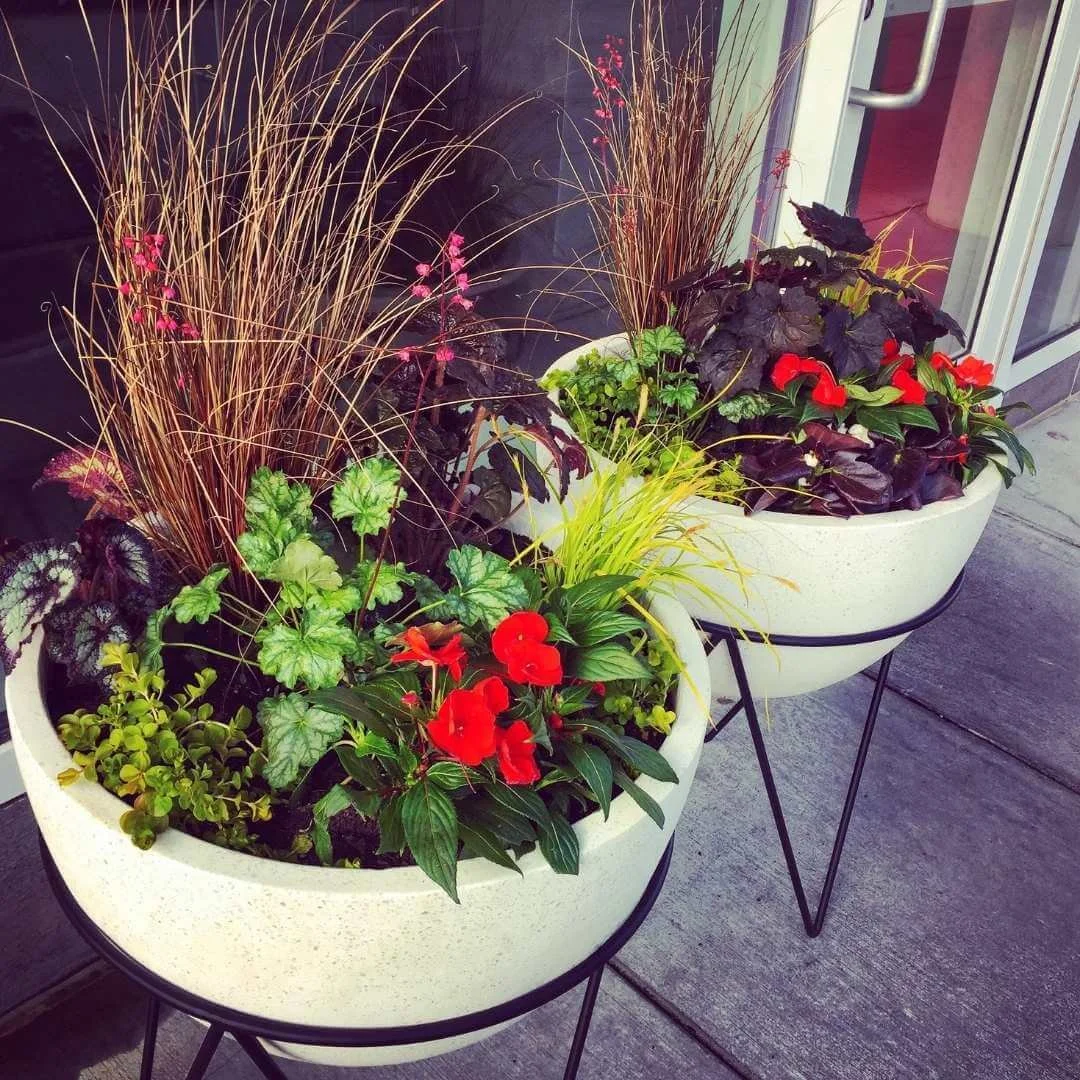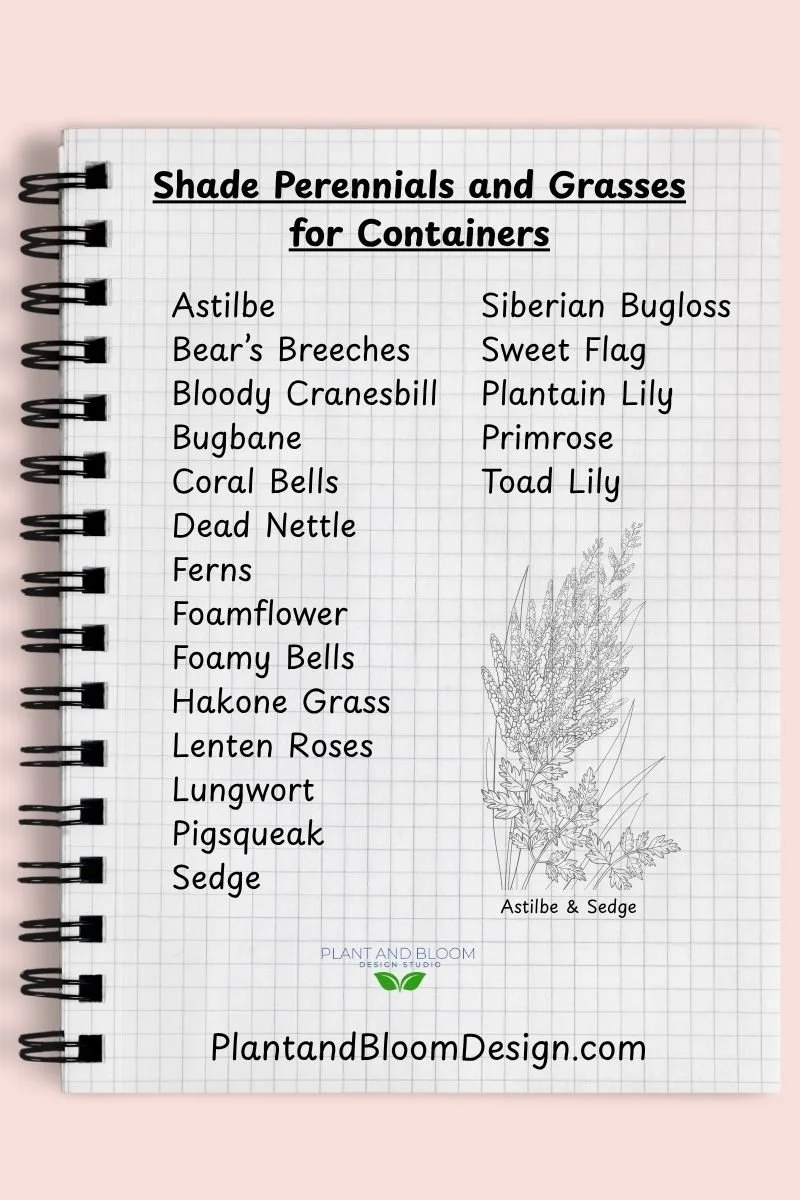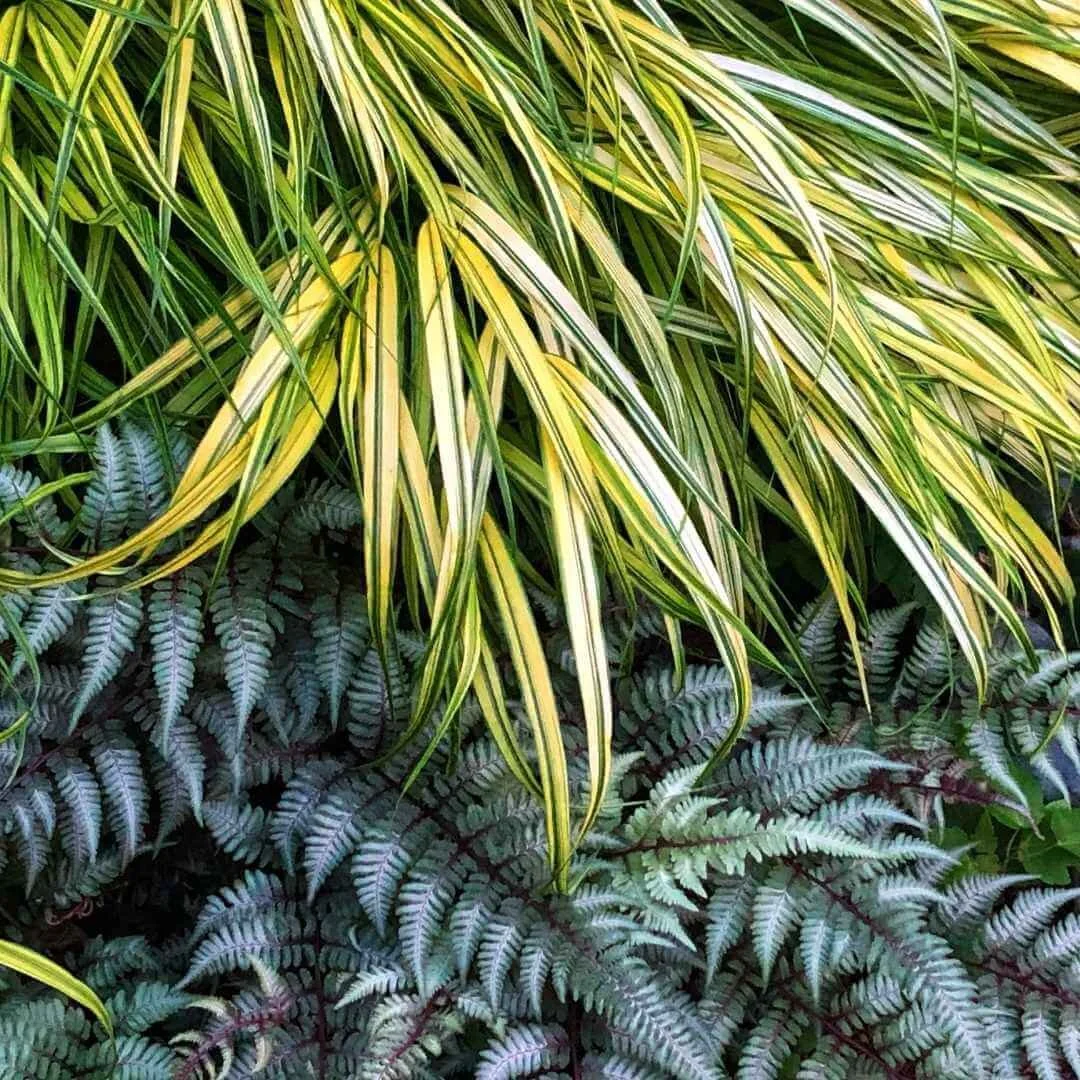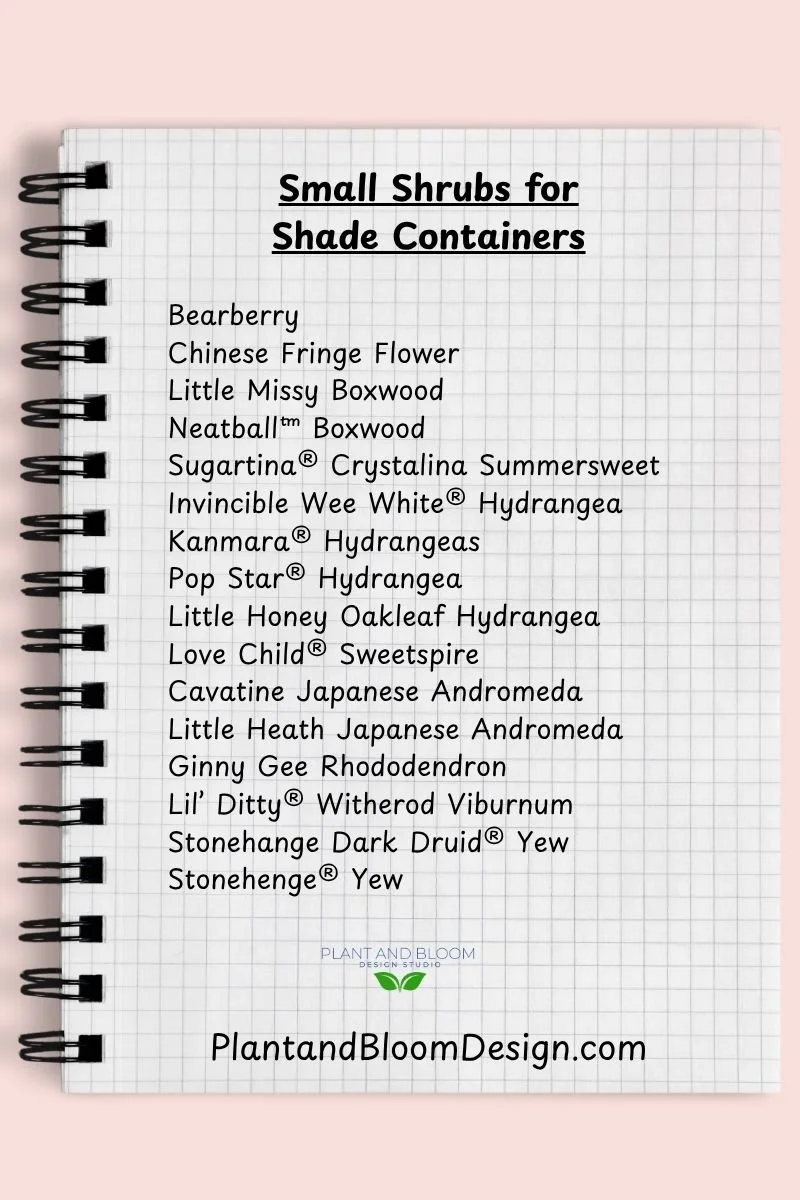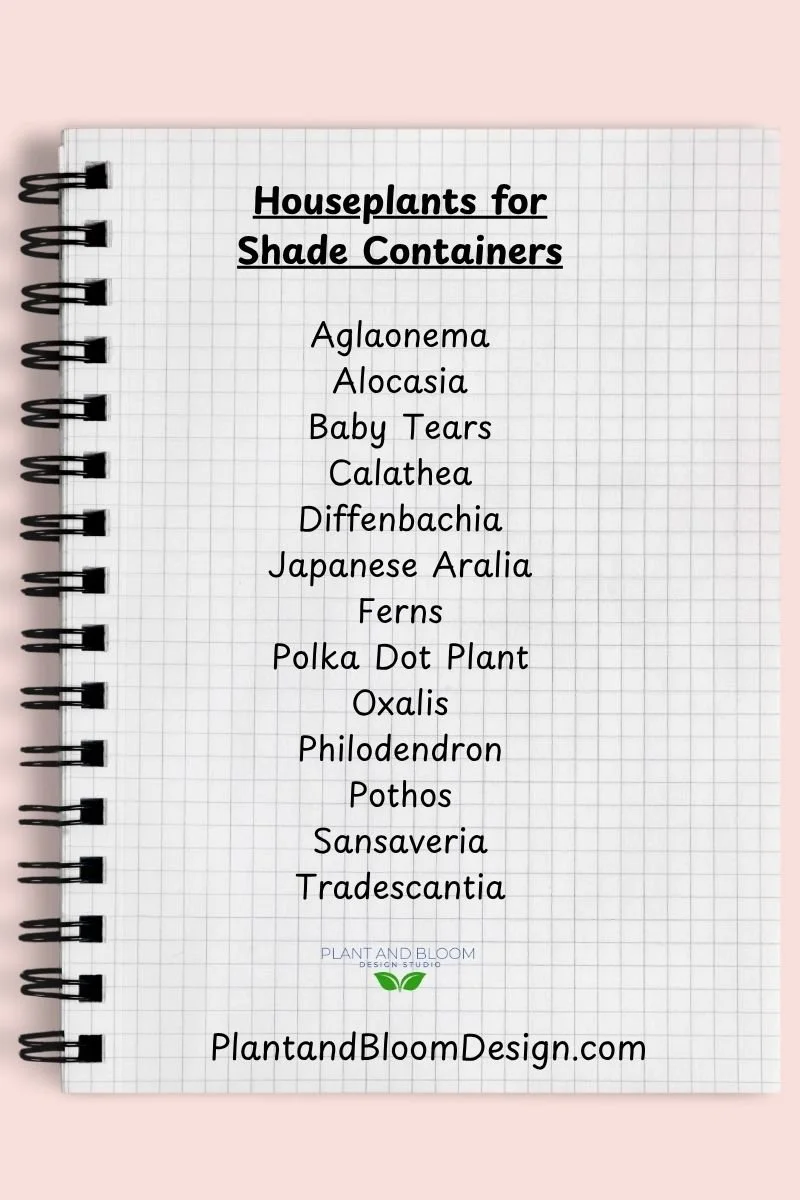How to Design Unique Containers for Shade
Tips for Creating Fun and Fresh Plant Combos for Shade Containers
As a landscape designer, I’ve heard it all: “But nothing grows in the shade!” Let me tell you - that’s just not true! Designing containers for shade is one of my favorite creative challenges, and it’s far from boring. The key is thinking beyond those same few trays of shade annuals your local big box store wheels out every spring.
Instead, I encourage my clients (and now, you!) to explore the whole entire nursery. Wander into the perennial section. Peek at the shrubs. Even take a detour through the houseplants.
You’ll find so many unexpected options to mix and match in containers for shade, and the results can be stunning! Think lush textures, moody foliage, and long-lasting interest that elevates any shady corner, whether it’s your porch, patio, balcony, or entryway.
Now, let’s talk about what kind of shade you’re actually working with. Understanding the difference between partial and full shade is essential. Partial shade means your spot gets about 3-6 hours of direct sun a day, typically morning light. Full shade? That’s fewer than three hours of direct sun, with the rest of the day spent in cool shadow.
Why does this matter? Because different plants have different preferences. For example, hostas, ferns, and heucheras thrive in partial shade with a little morning sun.
But for those deep-shade planters under porches or dense trees, you’ll want to stick with true shade lovers like impatiens, begonias, and caladiums. When you match the right plant to the right light, your containers for shade will thrive - not just survive.
A bold blend of begonias, heuchera, impatiens, creeping Jenny, and ornamental grasses brings texture and color to these modern containers for shade.
How to Choose Plants for Your Containers for Shade
When I’m designing containers for shade for a client, the process always starts with two things: the right container and a little creative flexibility. Here’s how to set yourself up for success from the start.
1. Choose a container that fits your style (and your plants).
Pick a pot or planter that works with the color scheme and architecture of your home - this is your design foundation. But style isn’t everything: make sure it has drainage holes! Trust me, your plants will thank you. Without proper drainage, even the toughest shade plants will sulk.
2. Measure before you shop.
Grab a quick measurement of your container’s diameter before heading to the nursery. This helps you choose plants that actually fit, and prevents you from overcrowding or overbuying plants (Wait, what? “Overbuying plants”, is there such a thing? You can never buy too many plants, can you? jk 😜).
3. Skip the big box stores and shop local
If you want standout containers for shade, skip the limited plant selection at big-box stores and seek out a well-stocked local nursery or independent garden center. These places usually have a wider variety of shade-tolerant perennials, grasses, small shrubs, and even houseplants you can use to build your container. Along with knowledgeable staff that can answer any questions you have!
4. Mix it up!
Great container design is all about contrast. Look for plants with different leaf shapes, textures, and colors. Think bold, ruffled heucheras next to airy grasses, or velvety begonias beside a bright cascade of golden creeping Jenny. Don’t limit yourself to just annuals - there’s a whole world of interesting options out there to create containers for shade that look fresh and unexpected.
5. Be flexible and shop with your eyes.
Plant availability is always changing, so don’t walk into the nursery with a rigid list. Instead, choose what looks healthy and experiment with combinations right in your cart. Move things around, mix textures and colors, and trust your instincts. Many times, the most striking containers for shade come together on the fly.
Design your containers for shade: try grouping plants together in your cart, swapping choices in and out until you discover your favorite combination!
Choosing Annuals for Your Containers for Shade
When designing containers for shade, I often turn to annuals for that instant burst of color and texture. Annuals are plants that live fast and fabulous - yes, you’ll need to replant them each year, but the payoff? A full season of nonstop color, lush foliage, and vibrant combinations that keep your shady spaces looking fresh.
Annuals are great for beginners because they’re easy to grow, easy to find, and incredibly versatile. Whether you’re dressing up a front porch or adding interest to a shady patio nook, these hardworking plants help bring your container designs to life.
Here are some of my go-to annuals for creating bold, beautiful containers for shade - perfect for experimenting with color and texture, even in low light.
Pin it to remember it:
Photo Gallery: Inspiring Annuals for Shade Containers

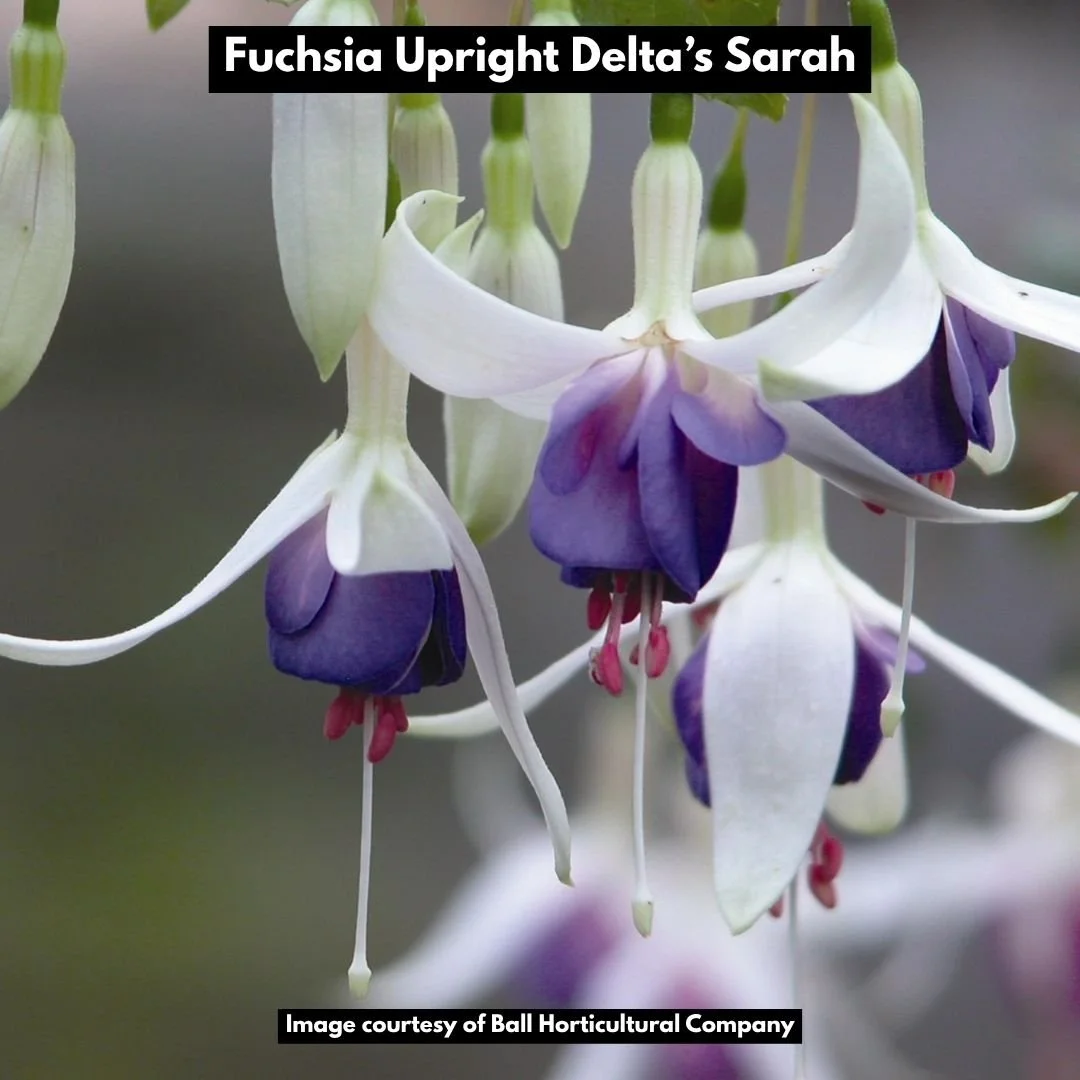



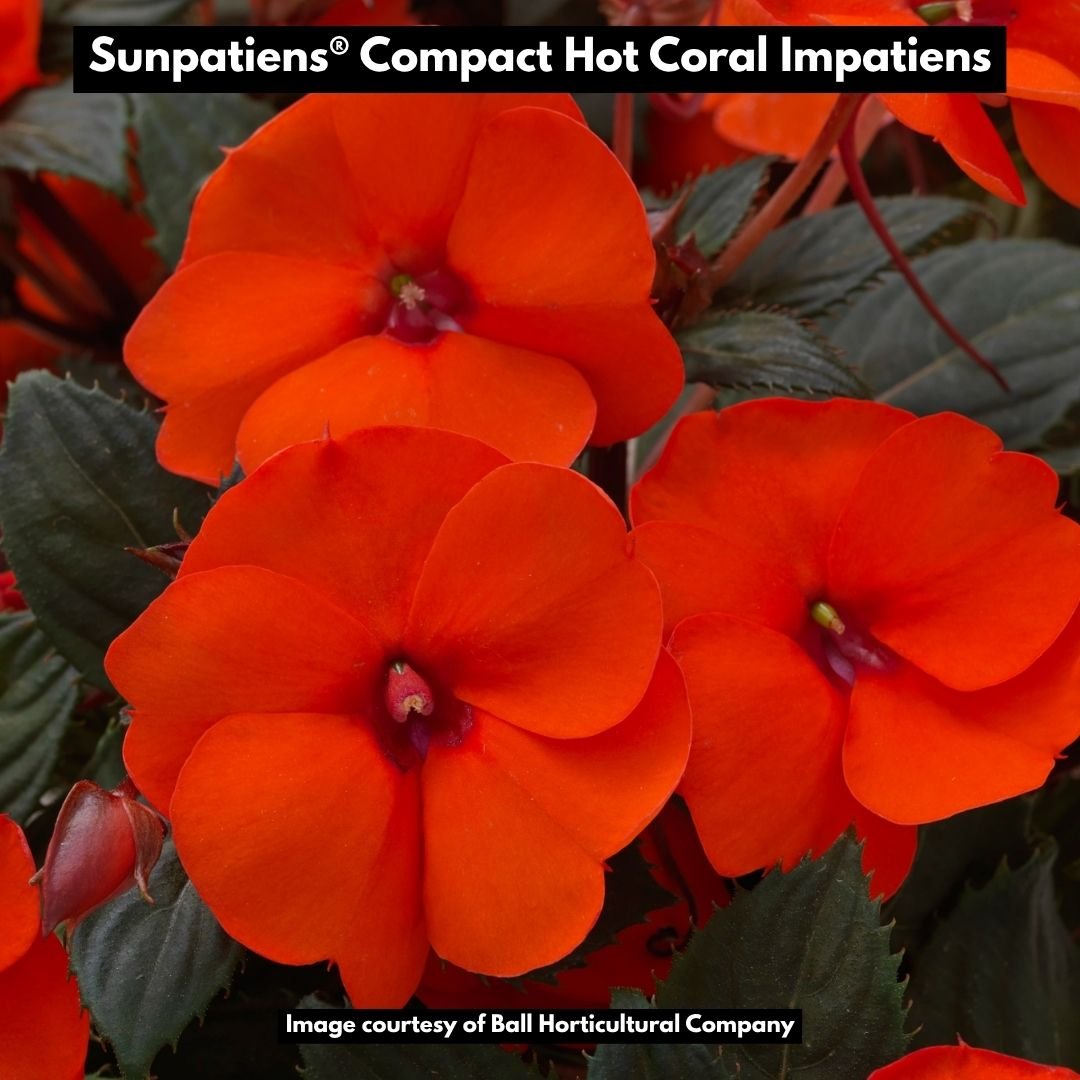

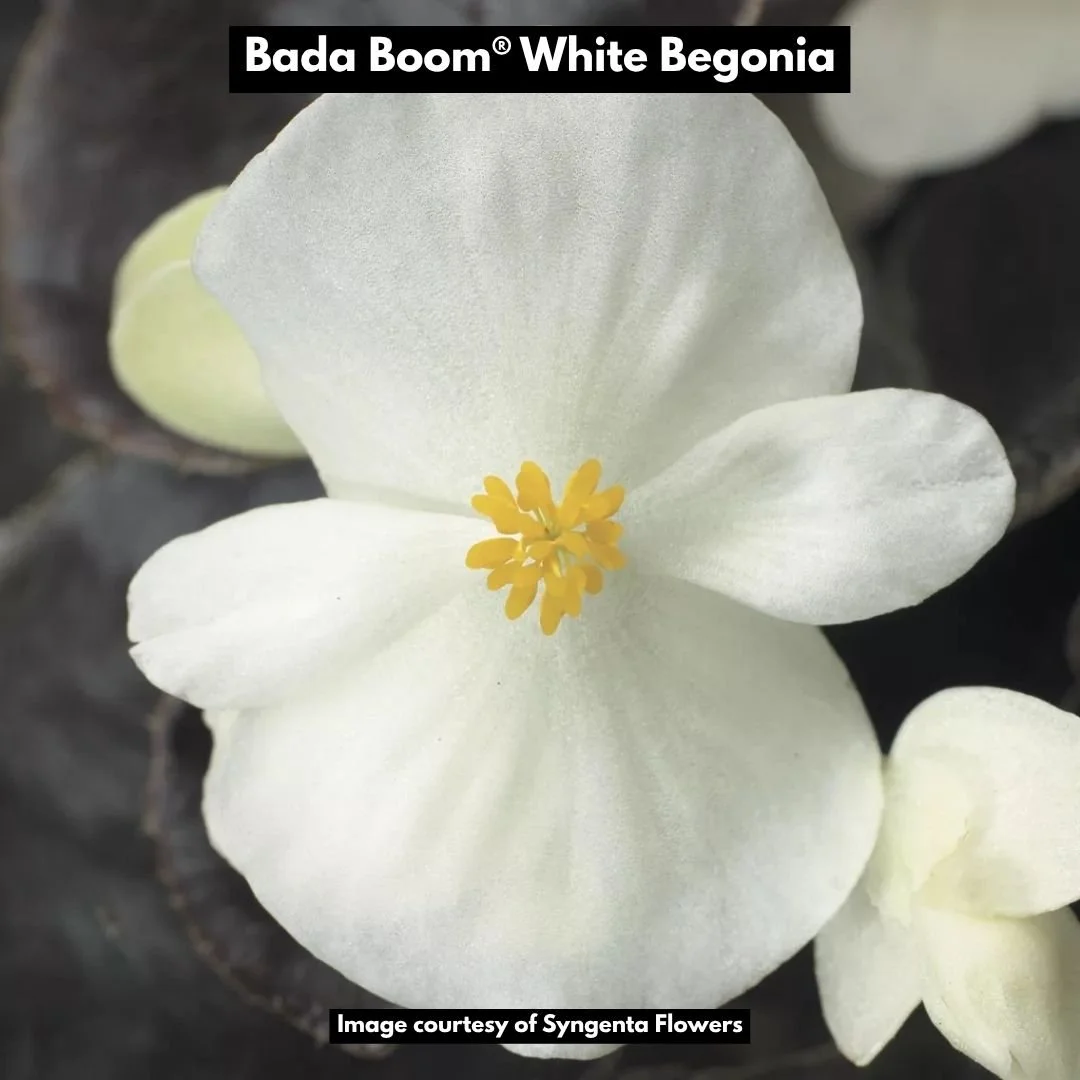
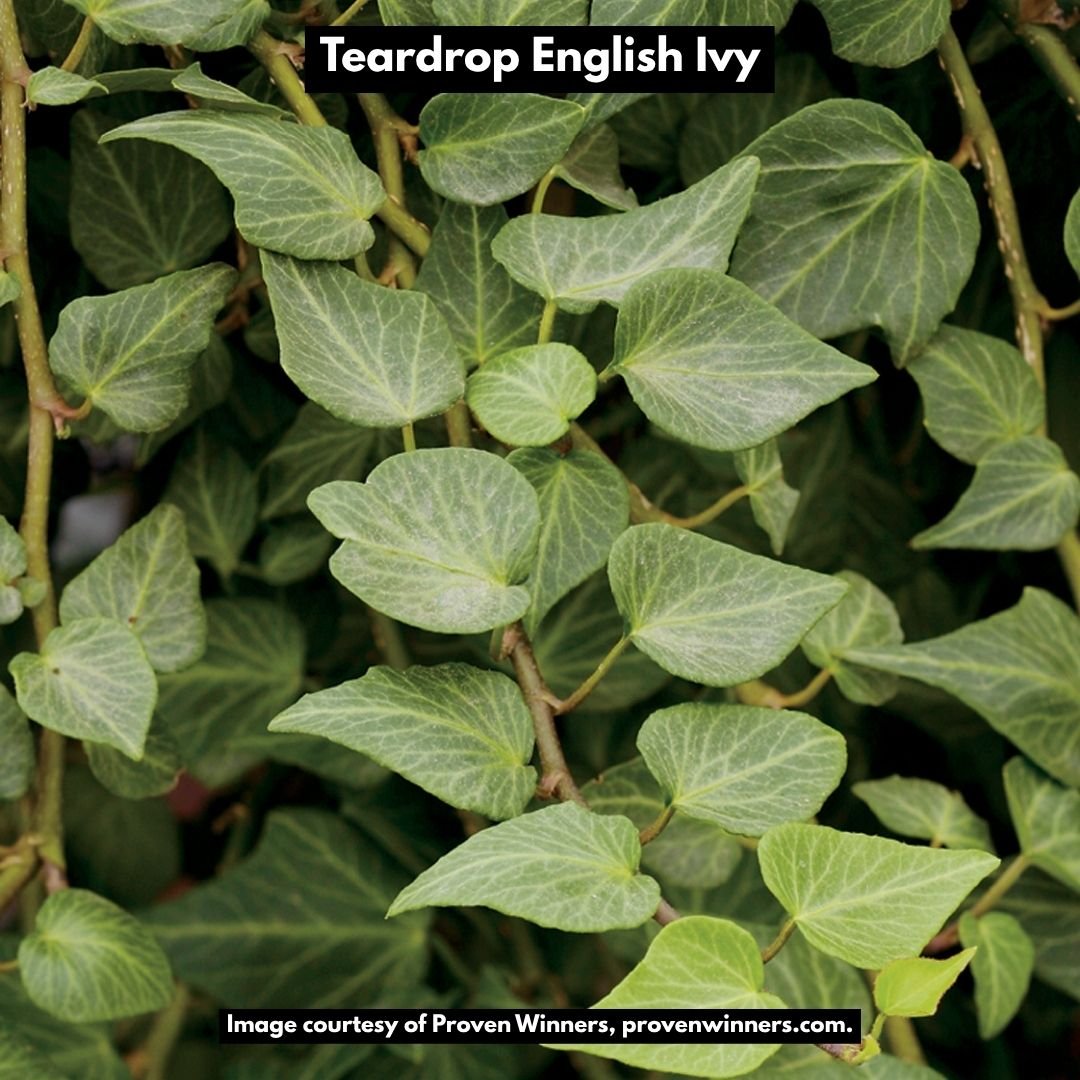
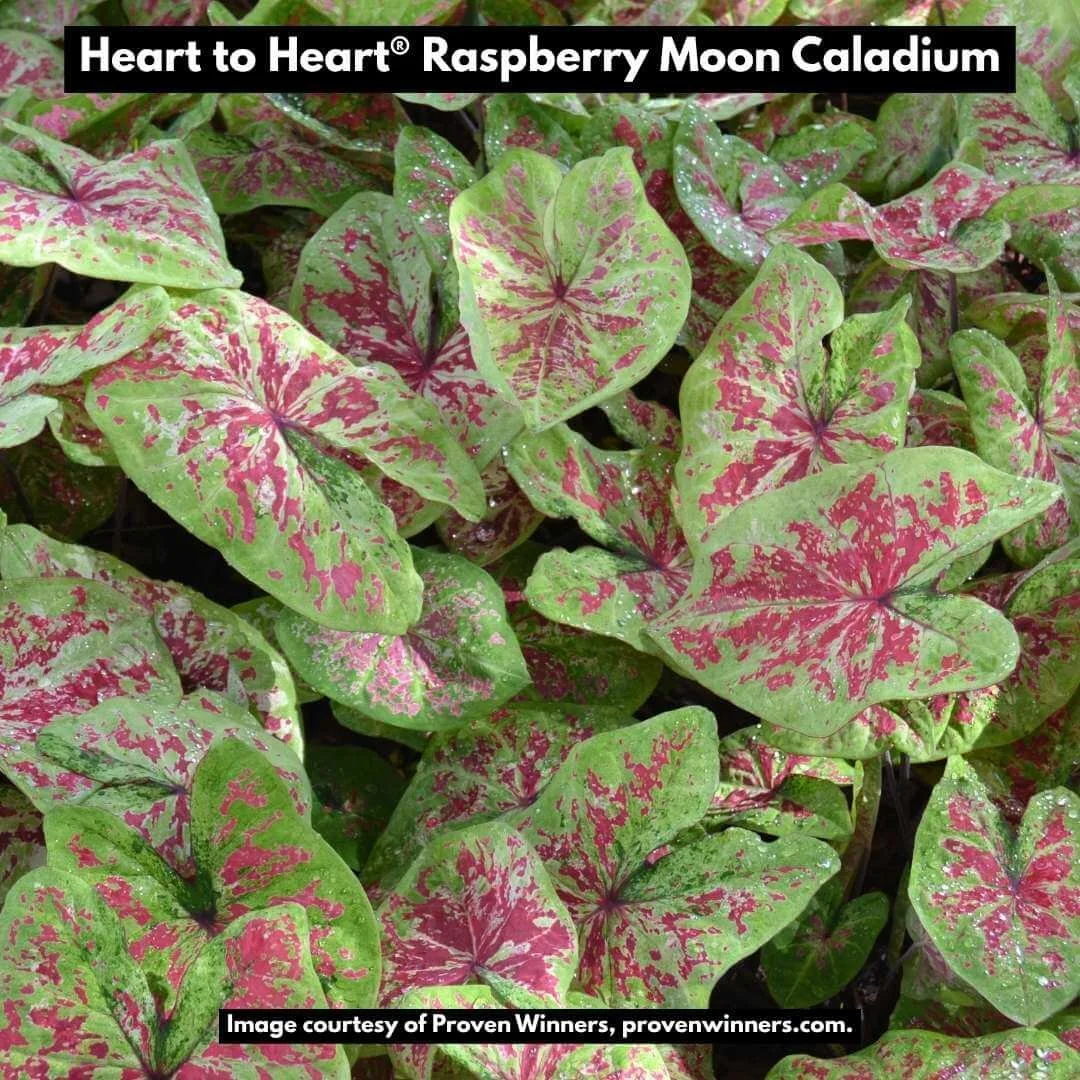

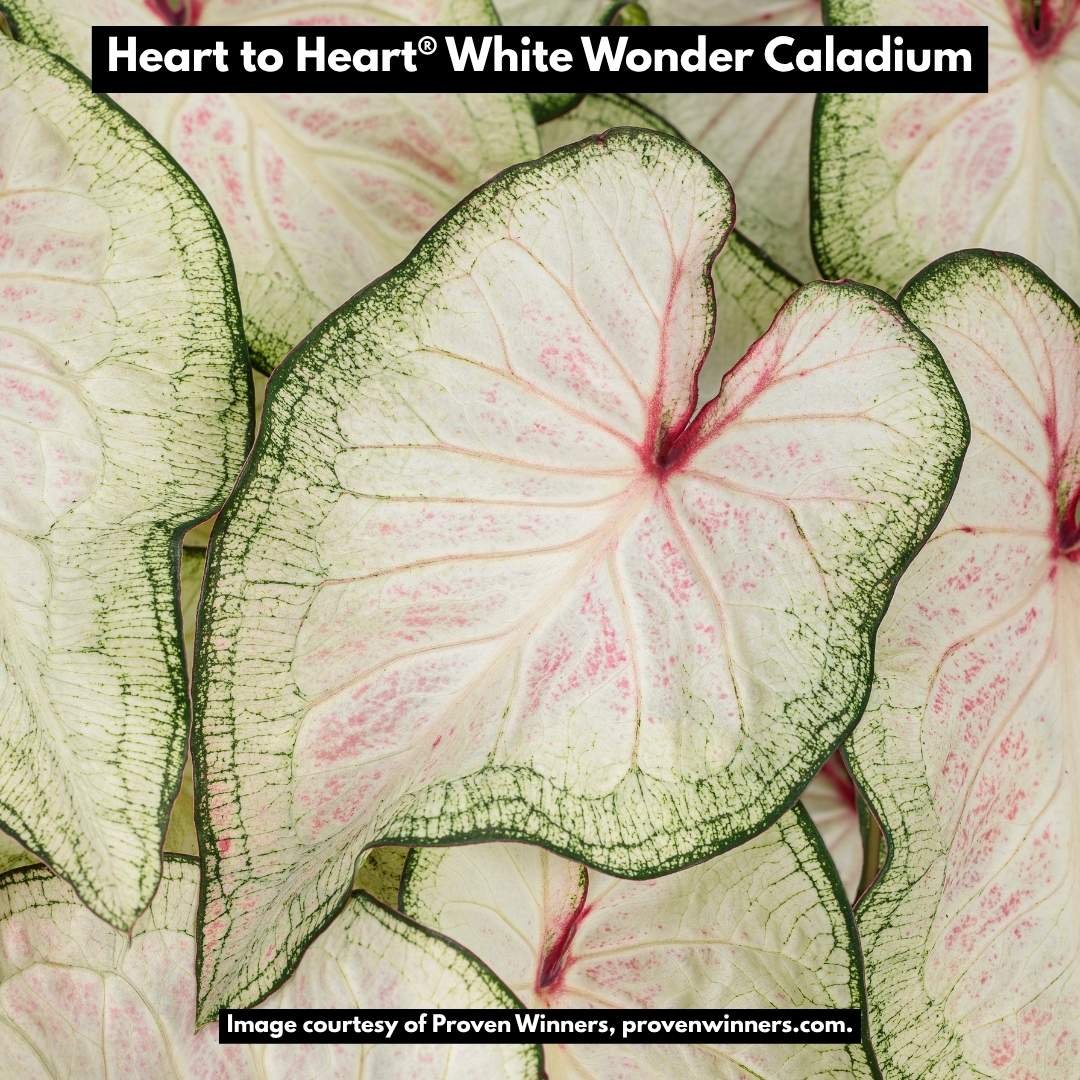
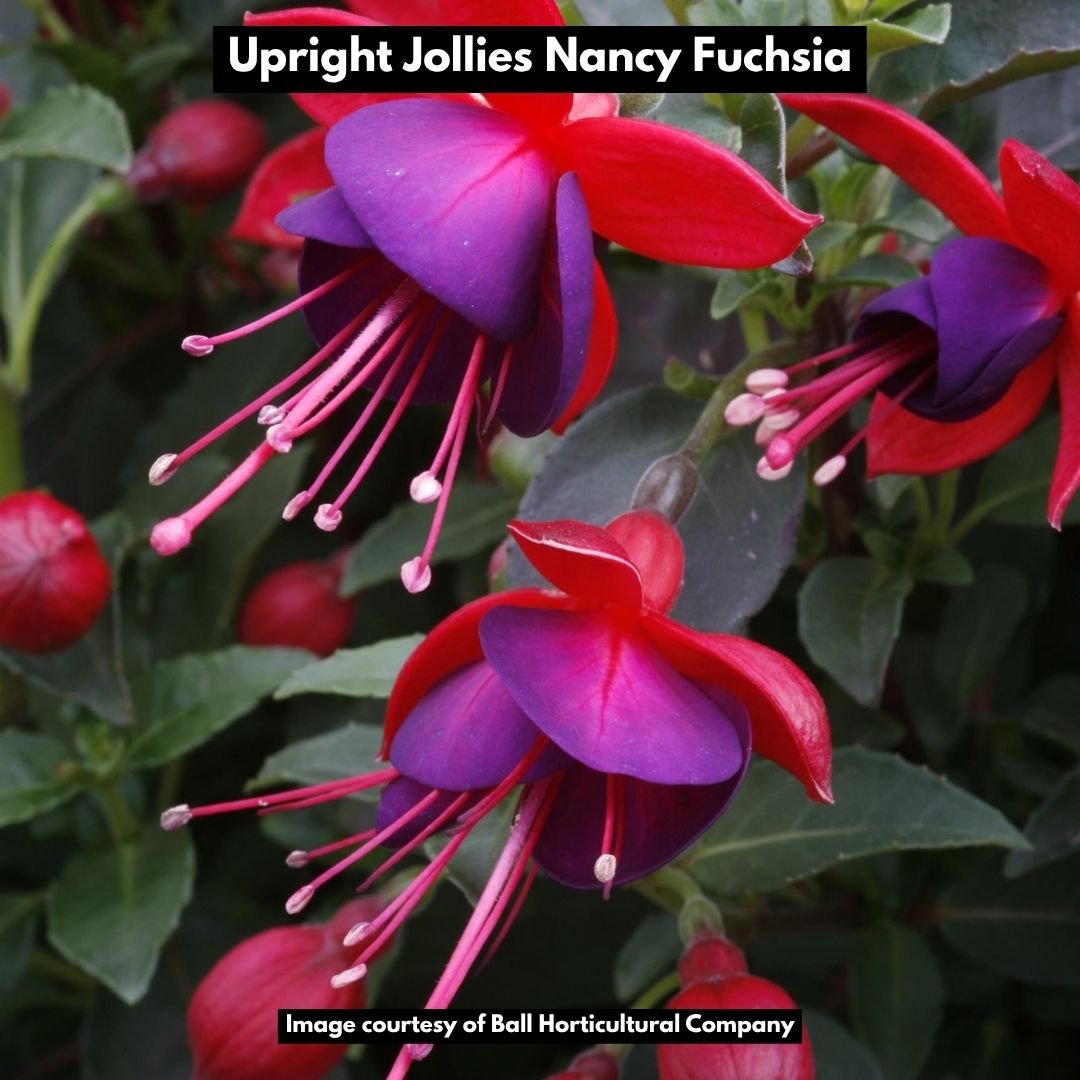
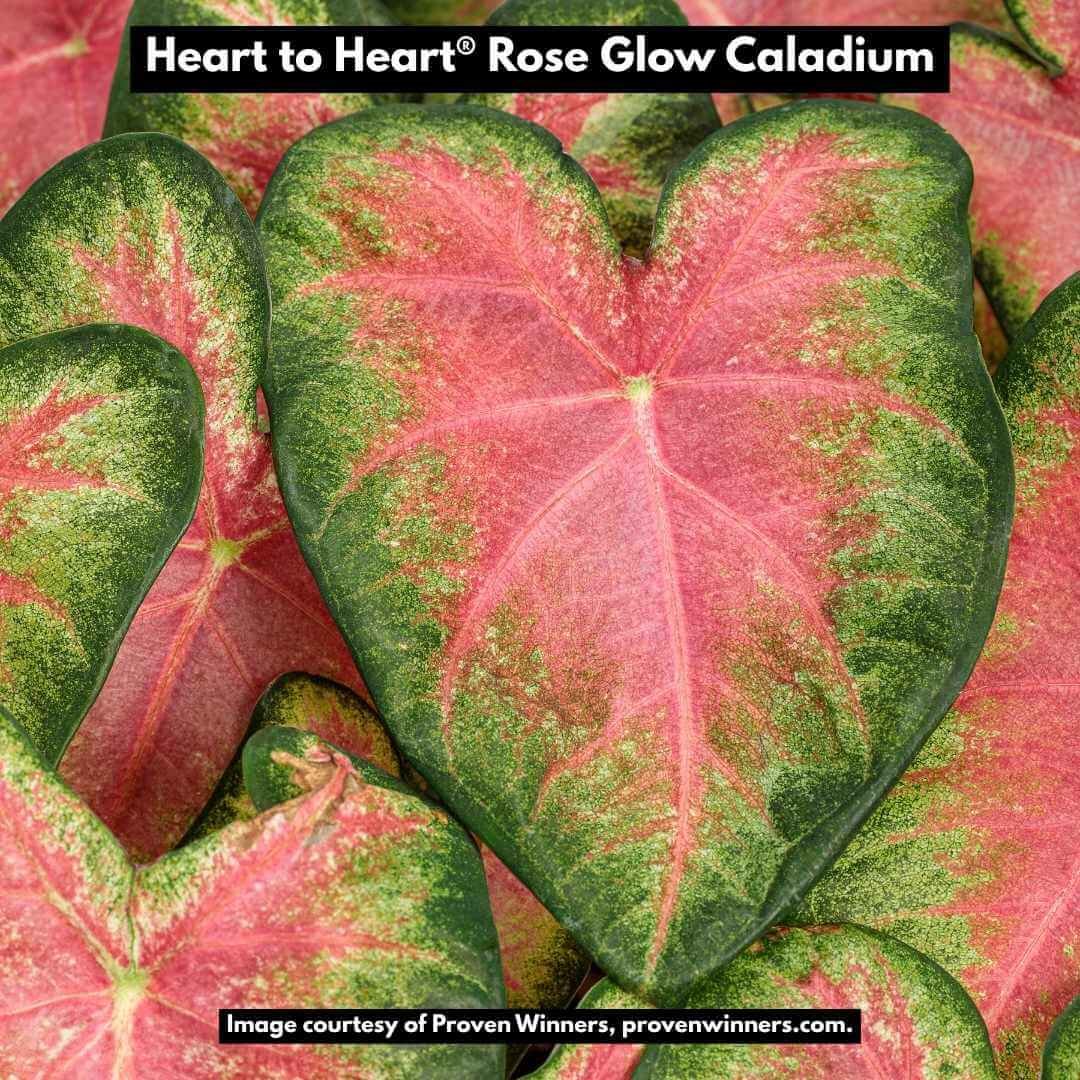

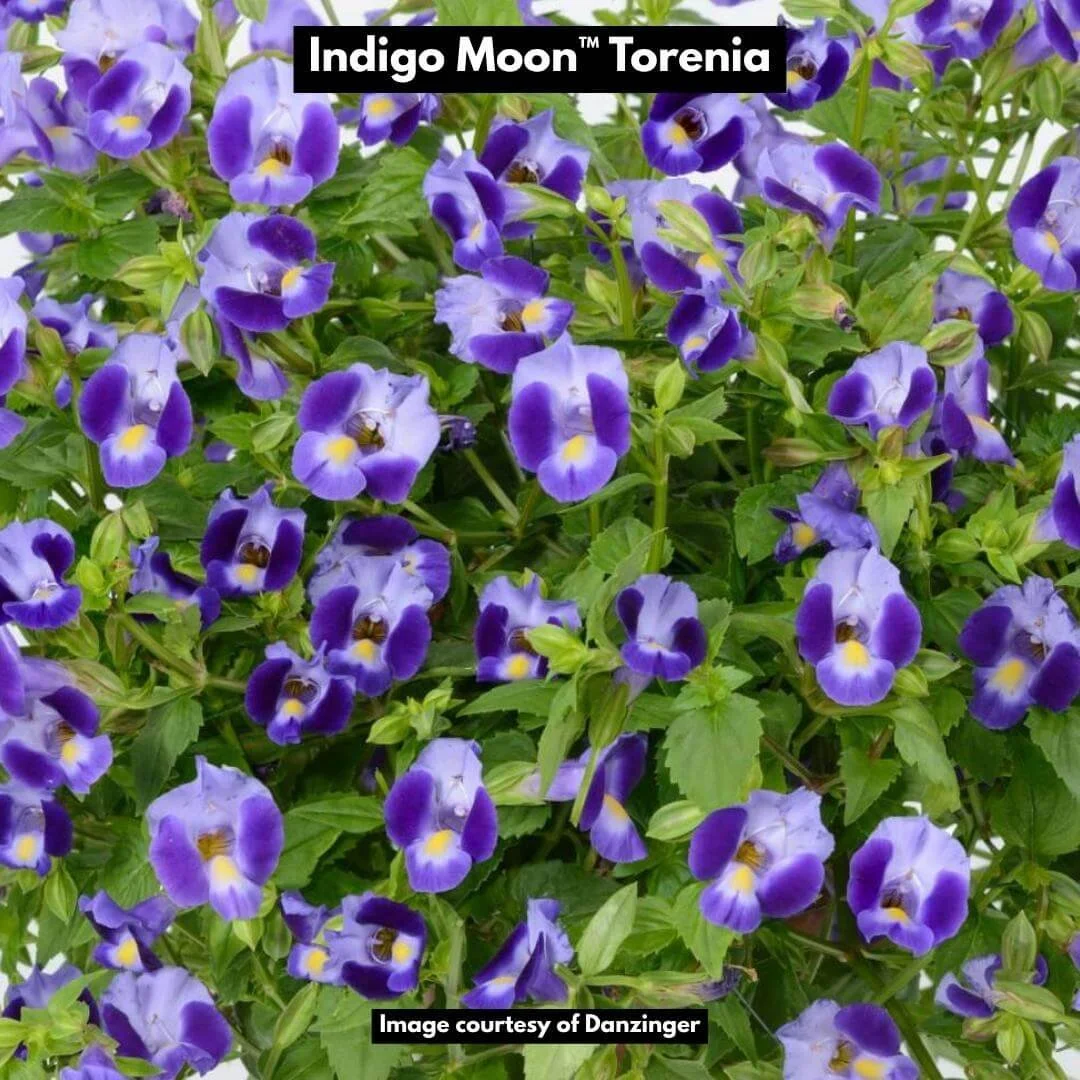
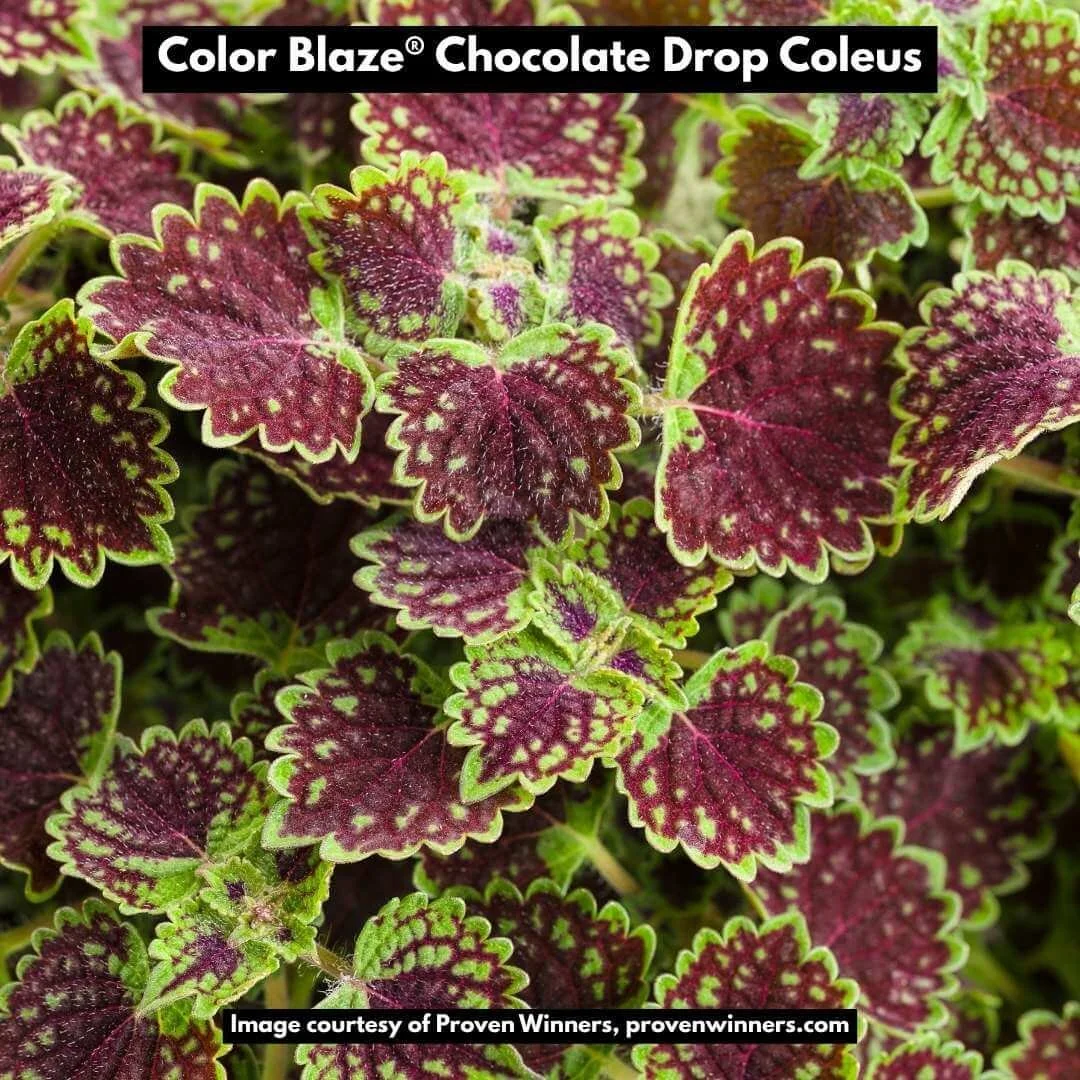
Shade Perennials and Grasses for Your Containers for Shade
When it comes to designing containers for shade, don’t stop at annuals - taking a look at perennials and ornamental grasses too will greatly expand your options. These are plants that return year after year, regrowing from their root systems instead of reseeding like annuals.
They add longevity, texture, and structure to your shade container designs, making your arrangements feel more intentional and layered. I love mixing perennials and grasses into my client’s shade containers because it broadens the design palette in a big way.
Some of these perennials, like bear’s breeches and bugbane, can get fairly large so be sure to choose a container that suits the plant’s mature size! A too-small pot will stunt growth and dry out too quickly, especially in the heat of summer.
Yes, you can overwinter perennials in containers - but success depends on a little planning. To help roots survive freezing temps, I recommend insulating the pots with a layer of mulch, wrapping them in burlap, and tucking them into a sheltered spot for winter. Even better, choose perennials rated for your USDA zone - or one to two zones colder - to boost your odds. If you don’t know your gardening zone, you can find it on the USDA’s Plant Hardiness Zone Map.
Ready to go beyond the basic shade annuals? Here are some of my favorite shade-loving perennials and grasses to try in containers for shade. These are perfect for adding lasting impact, texture, and movement to your garden space!
Pin it to remember it:
Photo Gallery: Inspiring Perennials and Grasses for Shade Containers


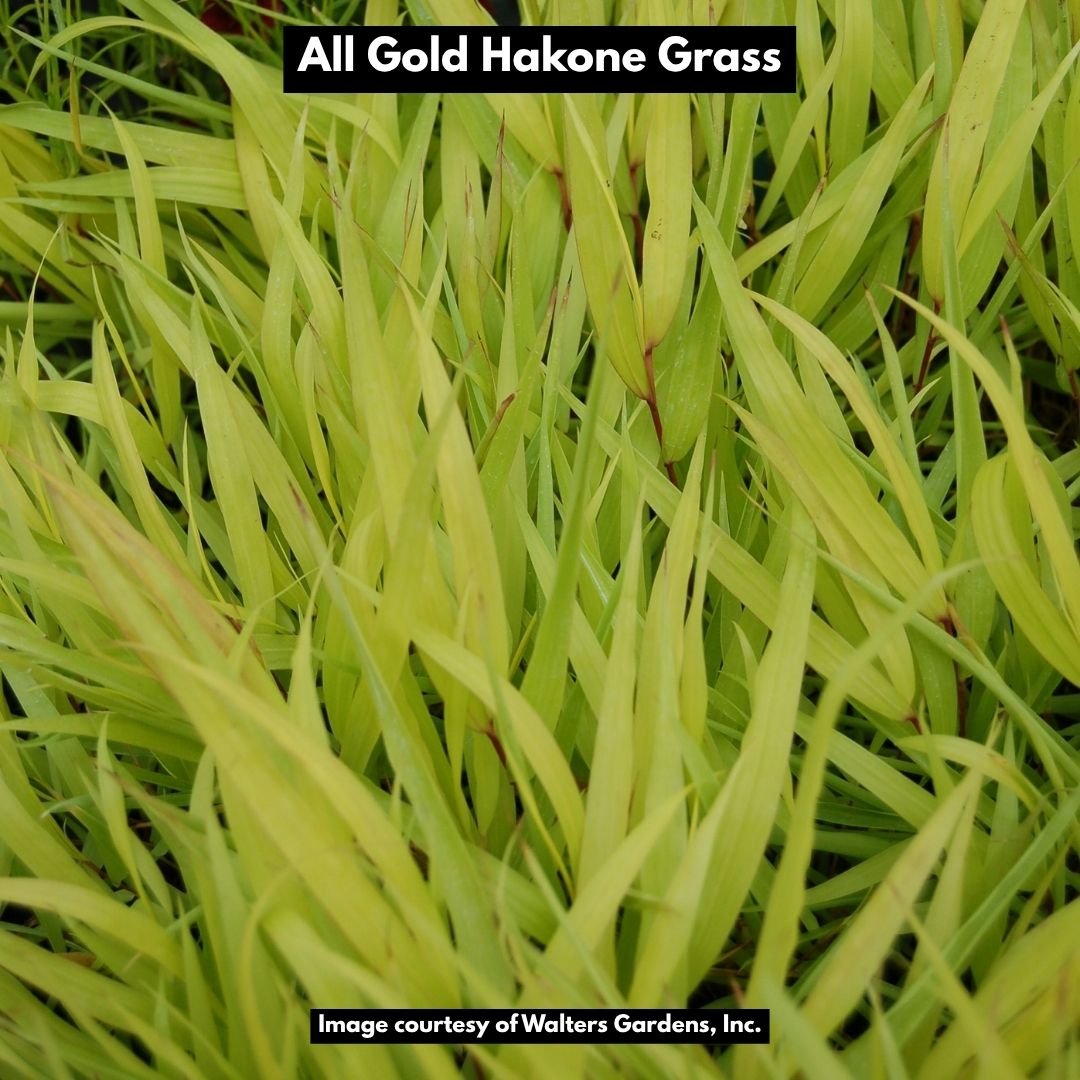
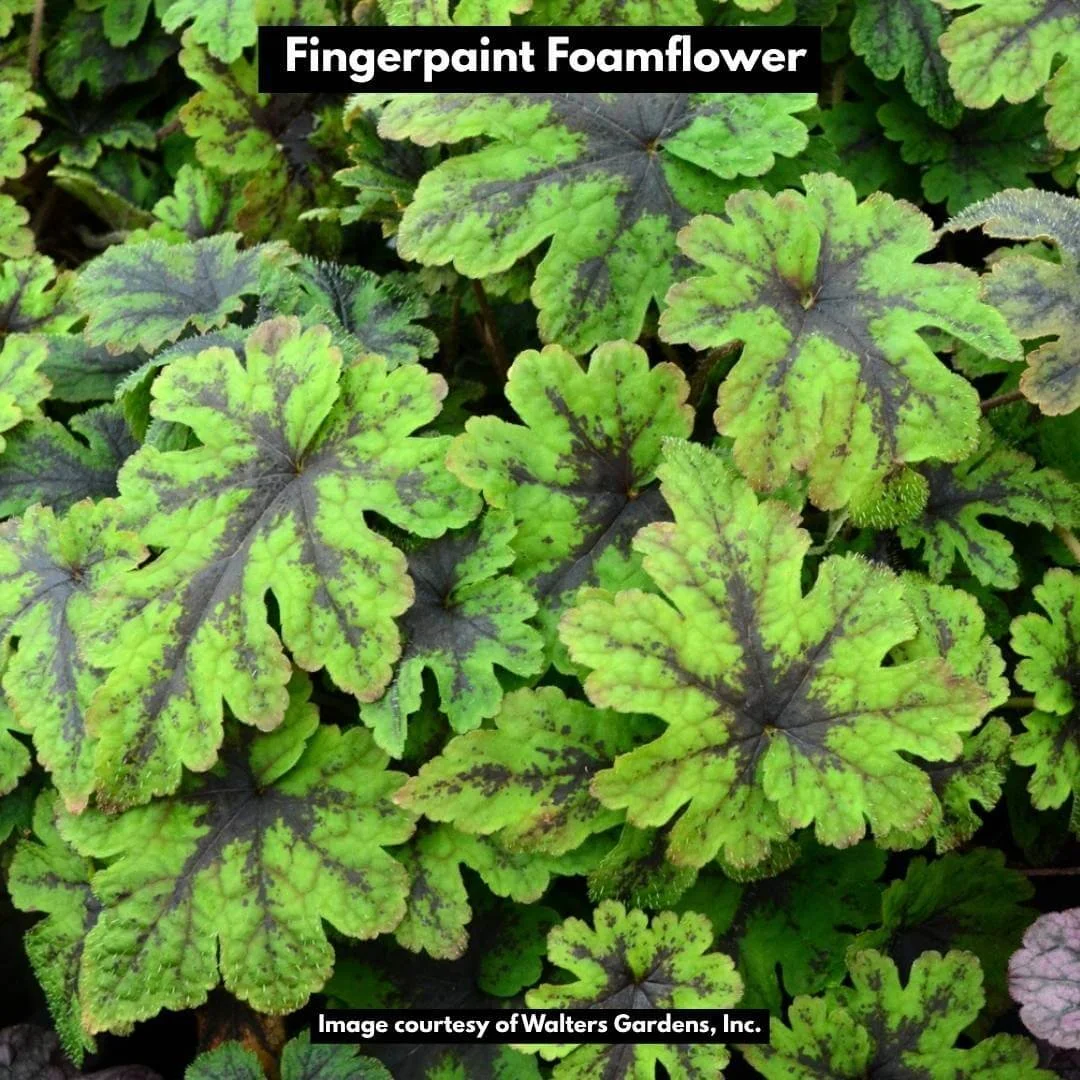



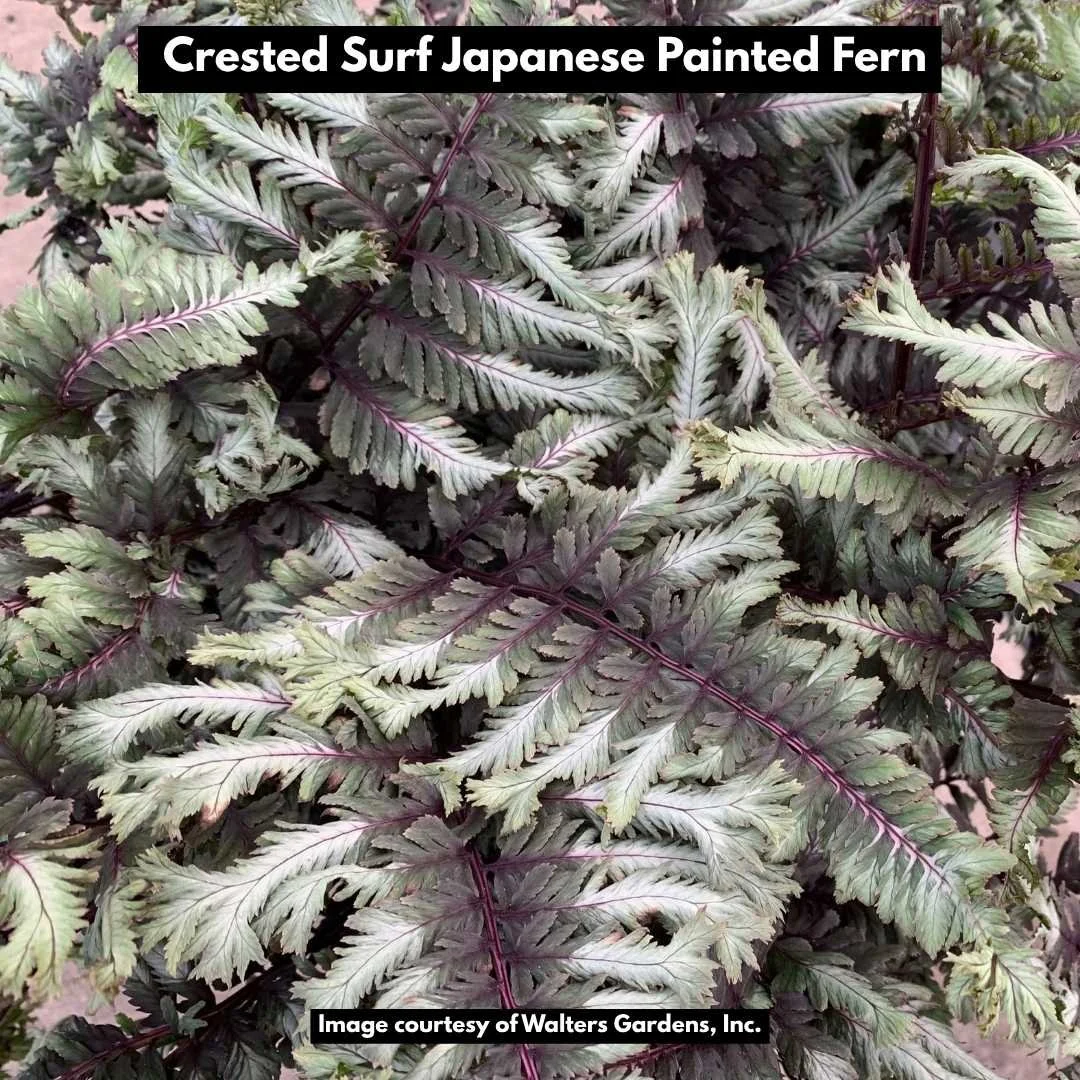
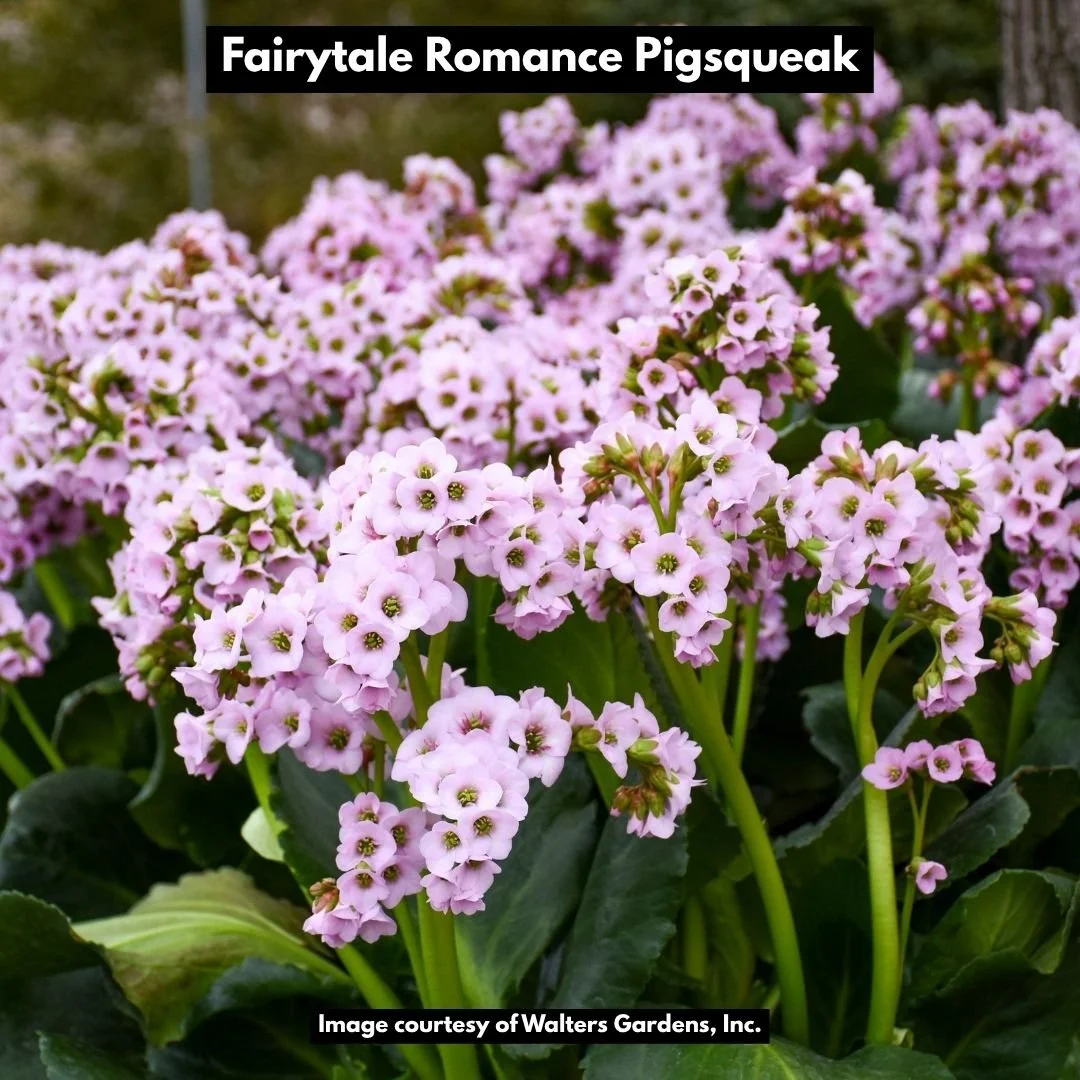
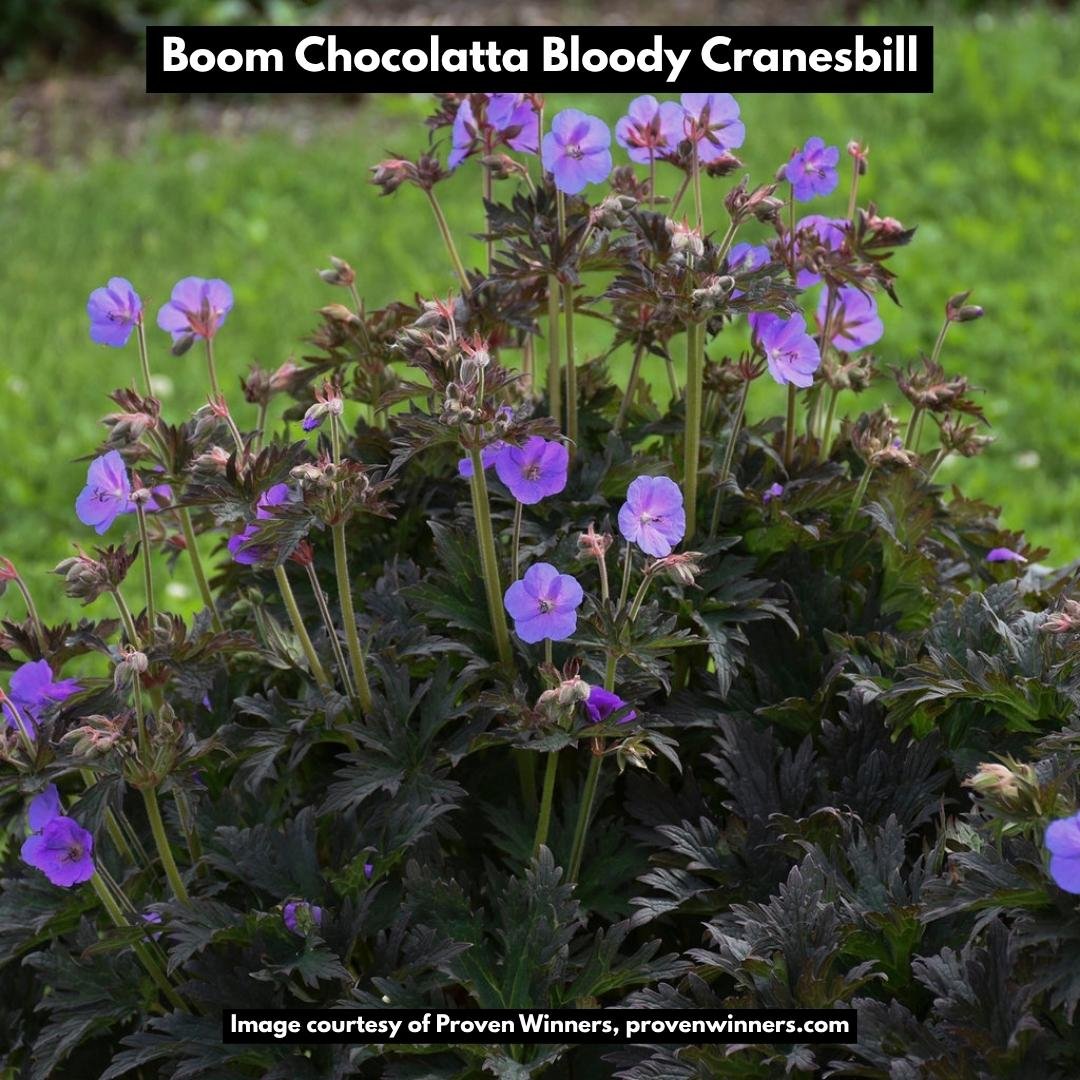


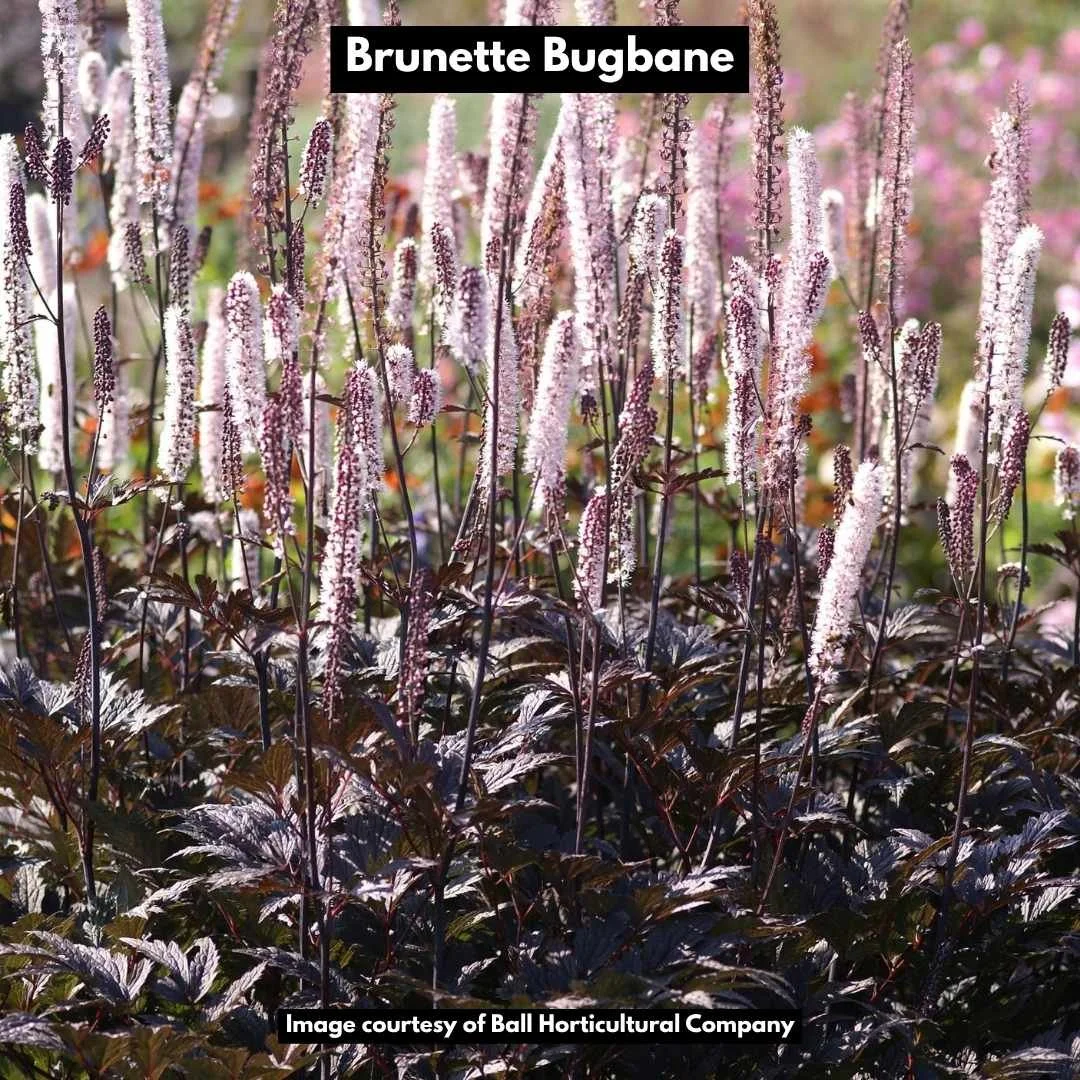
A stunning contrast of color, leaf shape, and texture - golden variegated Hakone grass (Hakonechloa macra ‘Aureola’) and Japanese painted fern (Athyrium niponicum var. pictum).
Small Shade-loving Shrubs for Containers
If you really want to elevate your containers for shade, consider adding shrubs to the mix. I do this all the time in my design work - it’s one of the easiest ways to bring structure, height, and year-round interest to your container garden.
Shrubs aren’t just for the ground; many dwarf cultivars have been bred specifically to thrive in pots. These compact varieties stay a manageable size, making them easier to care for and far less likely to overwhelm your container.
Including a shrub or two in your shady planters instantly gives them a more polished, layered look. I especially love using shade-tolerant evergreens or flowering shrubs that add interest from spring through fall (and sometimes even into winter).
Speaking of winter - yes, shrubs can survive the cold in containers, but they’ll need a little help. To protect the roots from freeze damage, insulate the pot with mulch, wrap it in burlap, and move it to a sheltered location once cold weather sets in.
You’ll also want to choose shrub varieties that are rated for your USDA zone - or even one or two zones colder - to increase their chances of making it through to spring.
Ready to branch out from the basics? Here are some of my go-to shrubs for containers for shade. They are perfect for giving your planters more presence, structure, and long-term impact!
Pin it to remember it:
Photo Gallery: Inspiring Small Shrubs for Your Containers for Shade

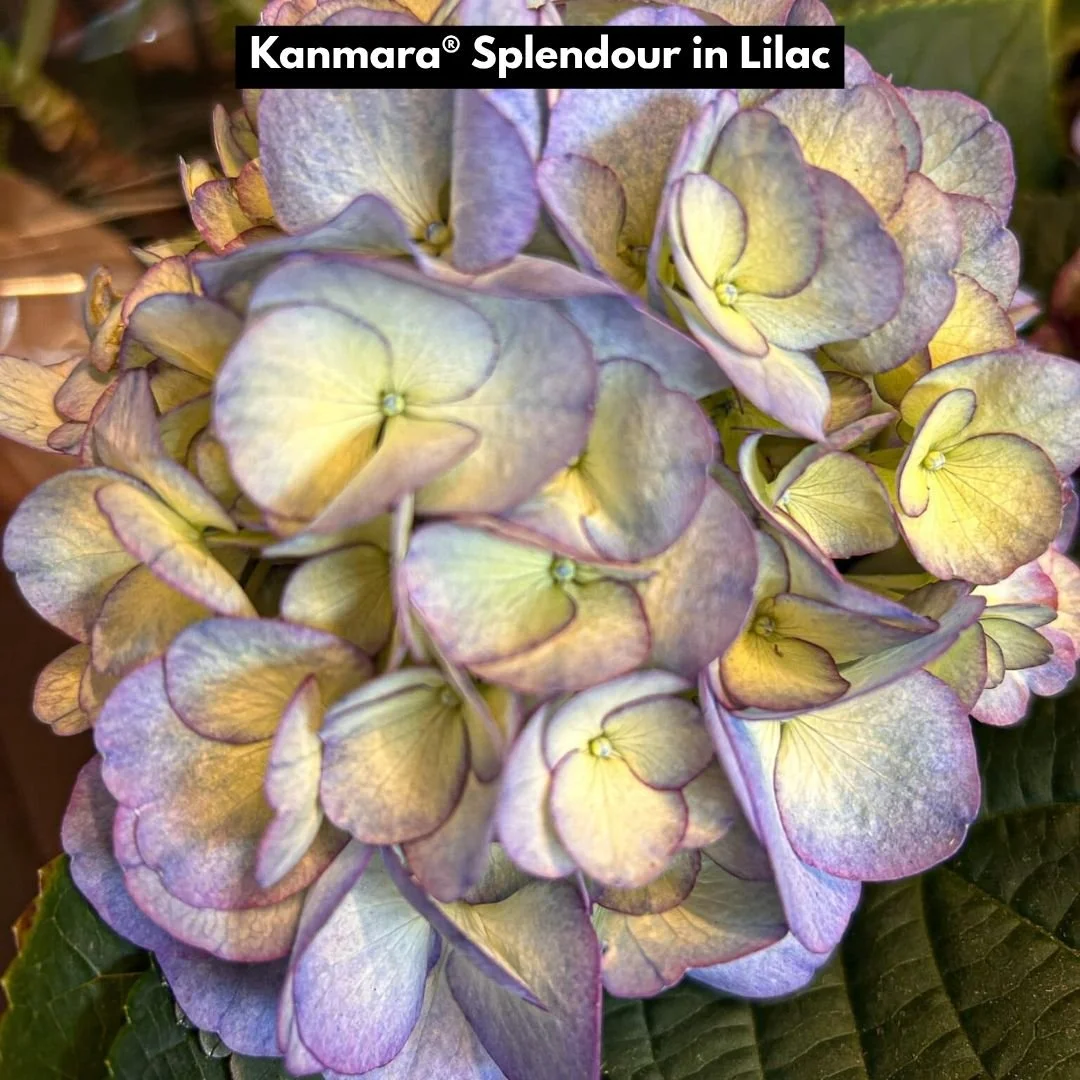

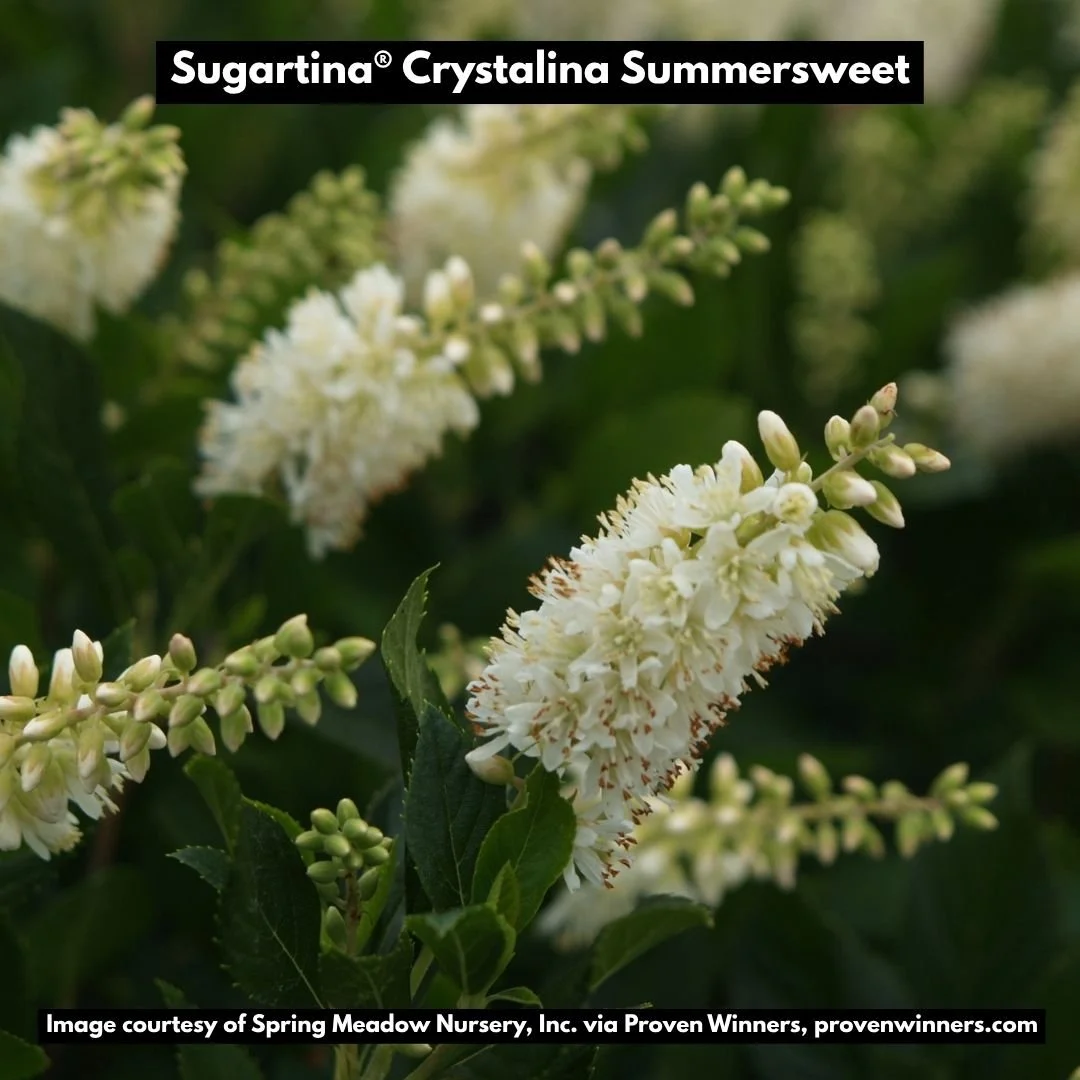









Houseplants for Outdoor Shade Containers
Here’s one of my favorite designer tricks: bring your indoor plants outside for summer! Incorporating houseplants into your containers for shade instantly expands your options and gives your arrangements an unexpected, tropical flair.
The textures, colors, and forms of houseplants play beautifully against annuals, perennials, and dwarf shrubs - creating lush, layered designs that look anything but ordinary.
Ferns, calatheas, and philodendrons are just a few examples of houseplants that absolutely shine in shade containers. I love using them to add drama, contrast, or even just a soft, sculptural feel that you can’t always get from traditional outdoor plants.
The best part? These plants don’t have to be one-season wonders. When temperatures start to dip, you can simply pop them out of your pots and bring them back indoors.
Just remember to acclimate them first: set your houseplants in a shaded spot for a few days before bringing them inside to help ease the transition. Once indoors, place them in a bright location out of direct sunlight and scale back watering to match their slower winter growth.
If you’re looking to shake things up and create truly eye-catching containers for shade, houseplants are a fabulous addition. Here are some ideas to inspire your next shade-loving plant combo - using some of your favorite indoor greenery in fresh, new ways.
Pin it to remember it:
Photo Gallery: Inspiring Houseplants for Shade Containers

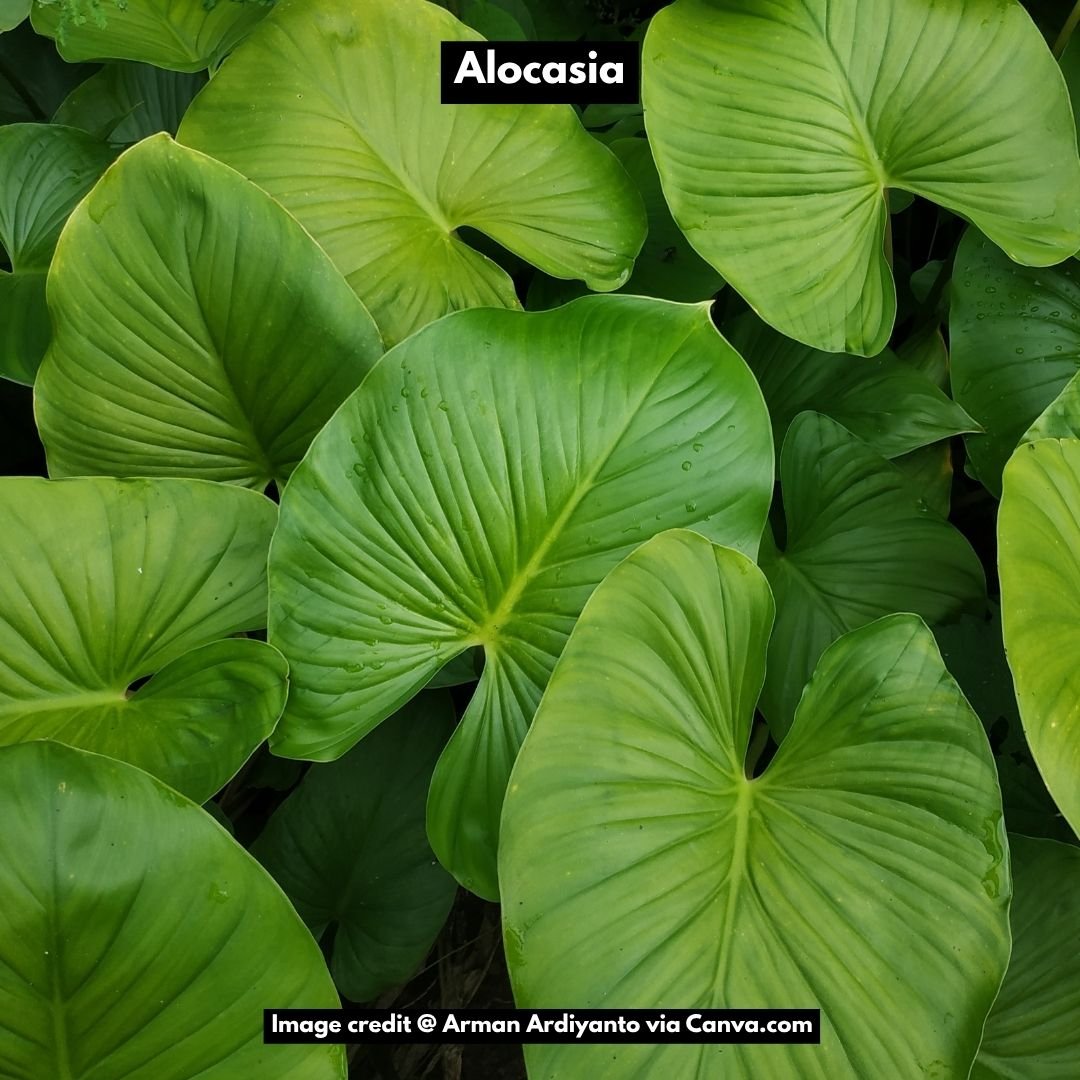



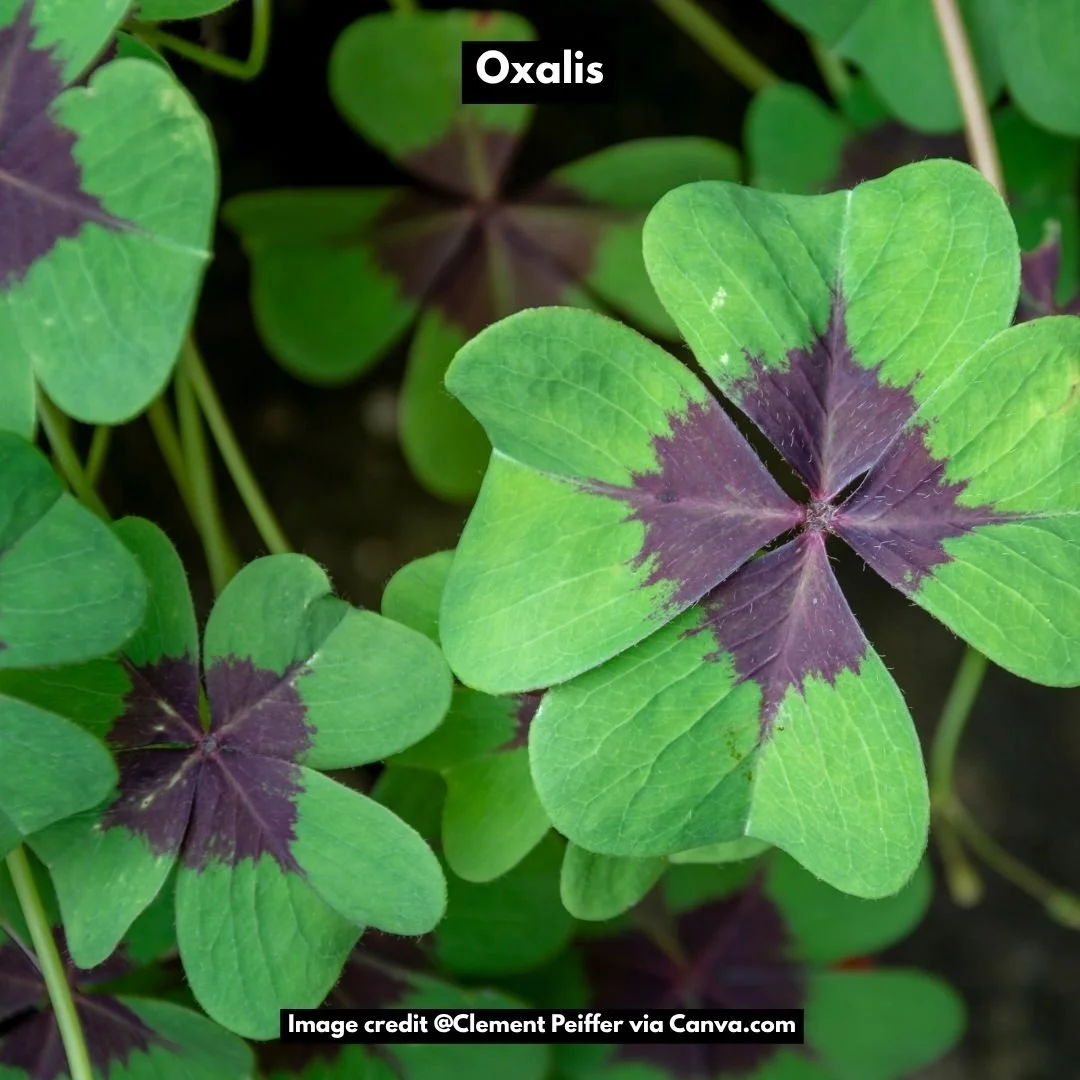
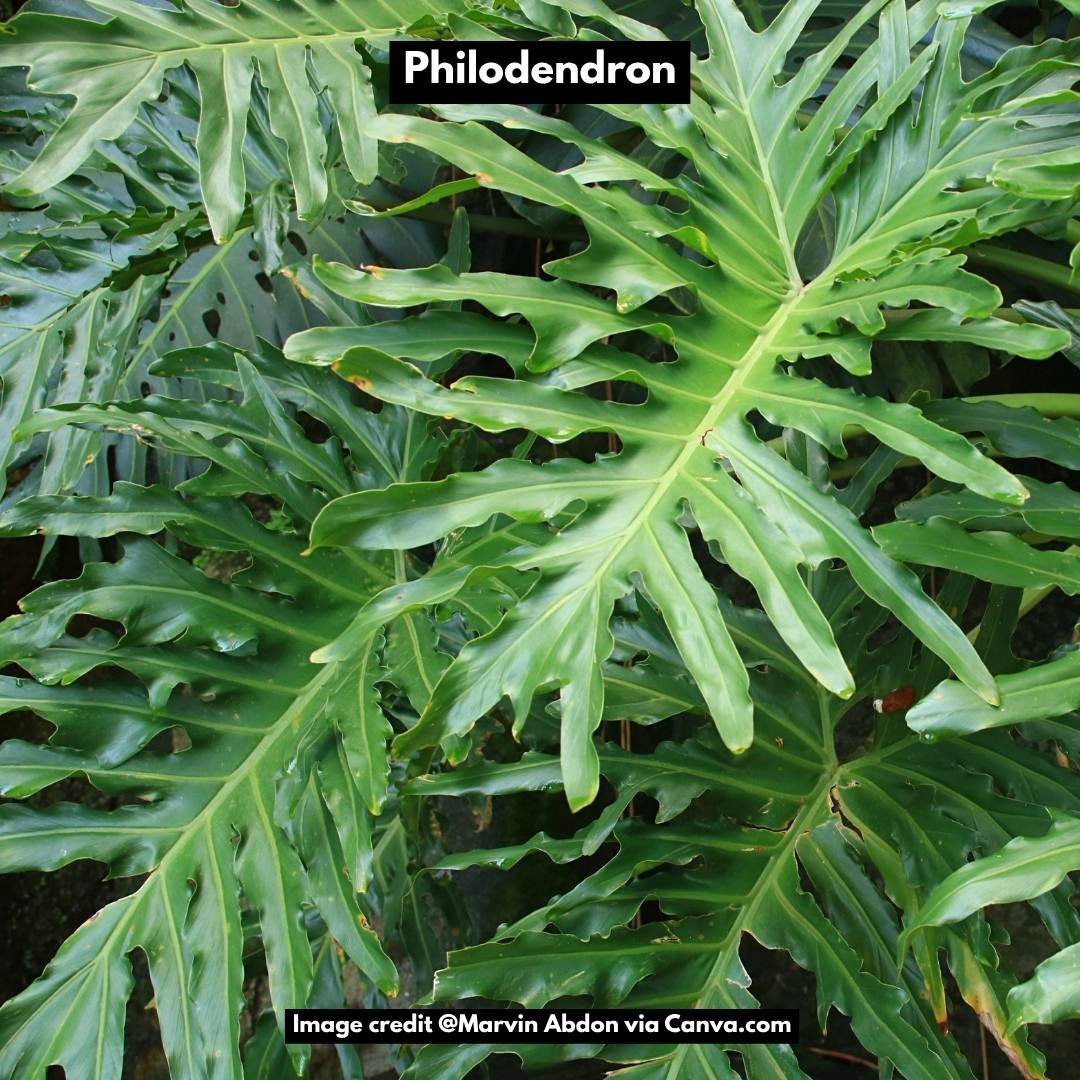

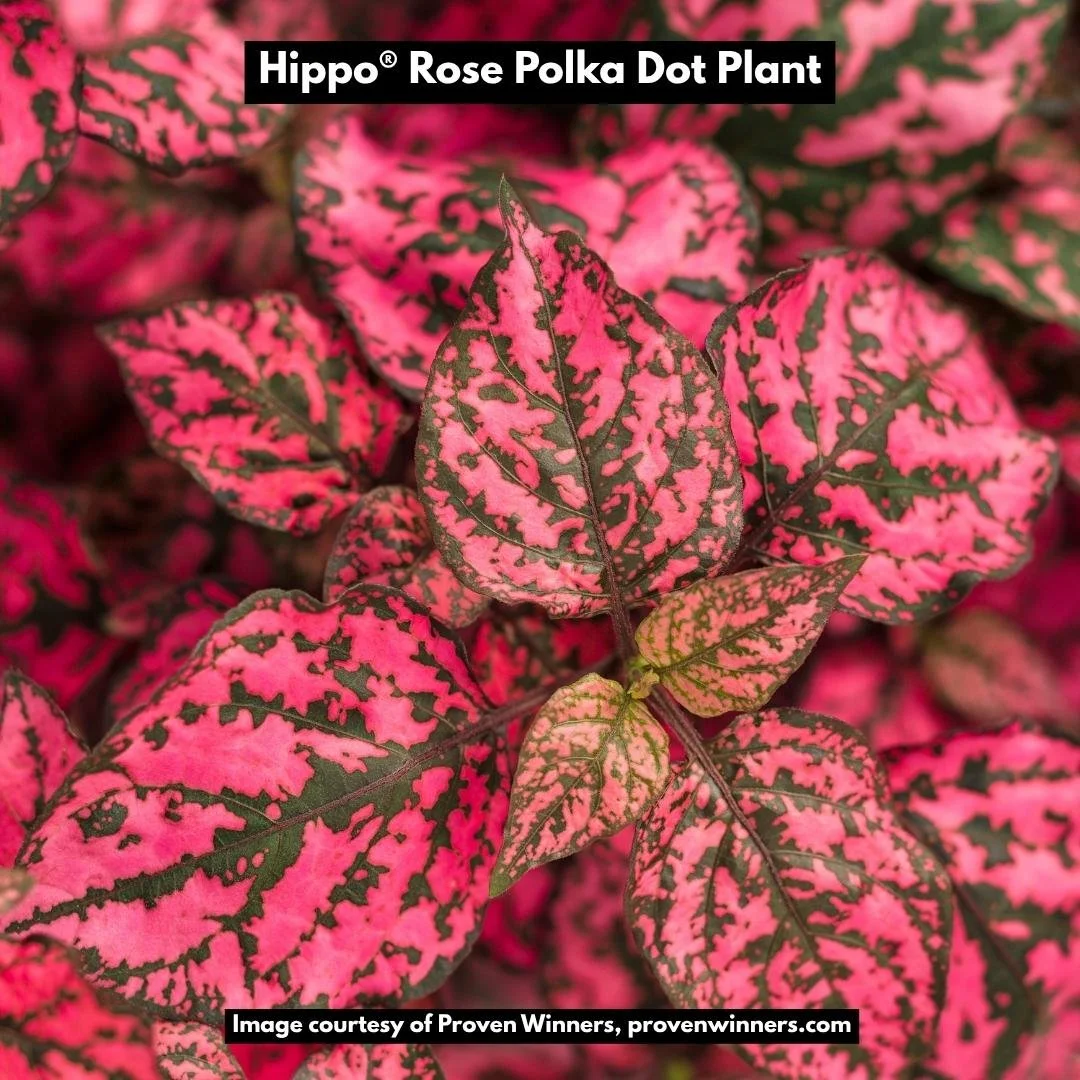
How to Care for Containers for Shade
Once you’ve designed your beautiful containers for shade, the next step is keeping them happy and thriving - don’t worry, I’ve got you!
Let’s start with one of the biggest rookie mistakes I see: forgetting about drainage. Even plants that love a good soak hate sitting in soggy soil. If your pot doesn’t already have drainage holes in the bottom, grab a drill and add a few. Trust me, it’s worth it! And to take it a step further, place your container on pot feet or a stand. This helps water escape easily and prevents nasty stains or rot on your porch, deck, or patio.
Now let’s talk watering. Because containers for shade are raised and have a limited amount of soil, they tend to dry out much faster than in-ground plantings. Add in a covered porch roof (so no rain gets in) or drying winds, and you’ll find yourself with parched plants before you know it.
When you water, do it thoroughly and keep watering until you see water draining out of the bottom of your container. Whether you're using a hose with a spray nozzle or your favorite big watering can, give those roots a good drink.
Here’s my cheat sheet for watering frequency:
Cool spring or fall weather? Aim for 2-3 times a week.
Summer heat wave? Almost every day. Yes, really.
Out of town? Have a neighbor pop by, or you’ll come home to a container full of crispy sadness.
And here’s a pro tip: creating a routine helps. Try watering right after breakfast or once you’ve finished your evening dishes. Some of my clients even set reminders on their phones or leave post-it notes on the fridge - it works!
Regular grooming makes a big difference too. Pinch off spent flowers when they fade (a.k.a. deadheading), and trim away any brown or crispy bits to keep your design looking fresh and tidy. A quick snip here and there can extend bloom time and encourage lush growth.
Finally, when the season winds down and frost is on the horizon, don’t toss everything in your containers for shade! Houseplants can be repotted and brought indoors, either permanently or as seasonal stars waiting for next year’s shade display. Perennials and small shrubs can be planted in your garden or tucked into a holding bed until next spring.
Just remember: if your container isn’t frost-proof, bring it indoors for the winter so it doesn’t crack.
With just a little attention, your containers for shade will stay gorgeous and thriving all season long - and you’ll feel like a total pro doing it.
Testing the mix - grouping potted shade plants on the nursery floor to play with color, texture, and height before committing to a container design. It’s like a dress rehearsal, but for your garden! (clockwise from left: bronze-leaved white begonias, Everillo sedge, Prairie Fire New Zealand hair sedge, Blackout coral bells, Shimmer coral bells, golden creeping Jenny, red New Guinea impatiens)
Follow Plant and Bloom Design Studio on Pinterest for more garden ideas!

